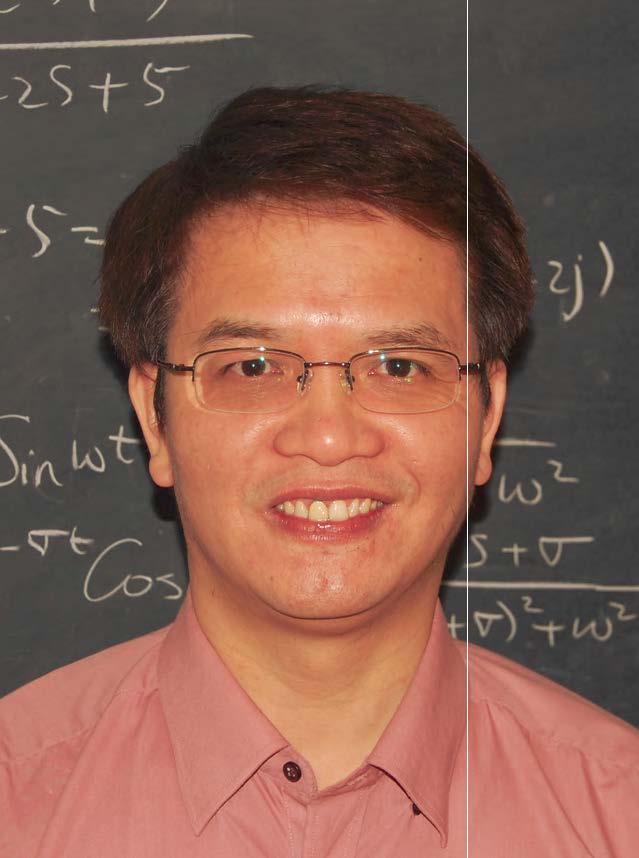Program Information
A Graph Form ADMM Algorithm for Constrained Quadratic Radiation Treatment Planning
X Liu*, AH Belcher , R Wiersma , The University of Chicago, Chicago, IL
Presentations
MO-FG-CAMPUS-TeP2-1 (Monday, August 1, 2016) 5:00 PM - 5:30 PM Room: ePoster Theater
Purpose: In radiation therapy optimization, the constraints can be either hard constraints which must be satisfied, or soft constraints which are included but do not need to be satisfied exactly. Currently, the voxel dose constraints are viewed as soft constraints and included as a part of the objective function and approximated as an unconstrained problem. However, in some treatment planning cases, the constraints should be specified as hard constraints, and solved by constrained optimization. The goal of this work is to present a computation efficiency graph form alternating direction method of multipliers (ADMM) algorithm for constrained quadratic treatment planning optimization and compare it with several commonly used algorithms/toolbox.
Method: ADMM can be viewed as an attempt to blend the benefits of dual decomposition and augmented Lagrangian methods for constrained optimization. Various proximal operators were first constructed as applicable to quadratic IMRT constrained optimization, and the problem was formulated in a graph form of ADMM. A pre-iteration operation for the projection of a point to a graph was also proposed to further accelerate the computation.
Result: The graph form ADMM algorithm was tested by the Common Optimization for Radiation Therapy (CORT) dataset, including TG119, prostate, liver, and head & neck cases. Both unconstrained and constrained optimization problems were formulated for comparison purposes. All optimizations were solved by LBFGS, IPOPT, Matlab built-in toolbox, CVX (implementing SeDuMi) and Mosek solvers. For unconstrained optimization, it was found that LBFGS performs the best, and it was 3-5 times faster than graph form ADMM. However, for constrained optimization, graph form ADMM was 8 - 100 times faster than the other solvers.
Conclusion: A graph form ADMM can be applied to constrained quadratic IMRT optimization. It is more computationally efficient than several other commercial and non-commercial optimizers, and it also used significantly less computer memory.
Contact Email:

